 |
| The biggest challenge is that land-based power projects must select investors through bidding. |
Roundabout procedure
Nearly two years after the issuance of Decision 262/QD-TTg approving the VIII Power Plan, the Government has adjusted the VIII Power Plan in Decision 768/QD-TTg dated April 15, 2025. Subsequently, the Ministry of Industry and Trade issued Decision 1509/QD-BCT dated May 30, 2025 approving the Plan for implementing the adjustment of the VIII Power Plan.
It was thought that everything could be "more smoothly coordinated", but in reality, there were many concerns from local authorities and investors when it came to specific work.
According to investors and consultants, the biggest challenge is that land-based power projects must select investors through bidding. This causes many investors to have a “chicken-egg” mentality, worrying that even if they win the bidding, the project may not ultimately belong to them, so they hesitate, not wanting to commit further.
Quang Tri and Ha Tinh are two localities that have promptly issued documents requesting state management agencies to quickly propose to the Government to supplement specific regulations to ensure compliance with the technical characteristics of renewable energy projects, especially wind power projects, before the requirement to have detailed planning or 1/2,000 zoning planning for wind power projects, in case of having to organize bidding to select investors.
According to the People's Committee of Quang Tri province, the reality of dozens of wind power projects invested in the area shows that wind power projects have the characteristic of not specifically determining the location of turbines, route directions, as well as related works, so it is difficult to prepare detailed planning or zoning plans at a scale of 1/2,000 to submit to competent authorities for approval, as a basis for approving invitations of interest and bidding documents.
“Making 1/2,000 zoning plans for all areas with wind power potential not only costs money, but also carries great risks, because it is very possible that once the plans are completed and no one is interested in investing, the planning will become 'suspended' - the land will remain empty, money will be lost, and the wind will still blow,” commented a representative of Quang Tri province.
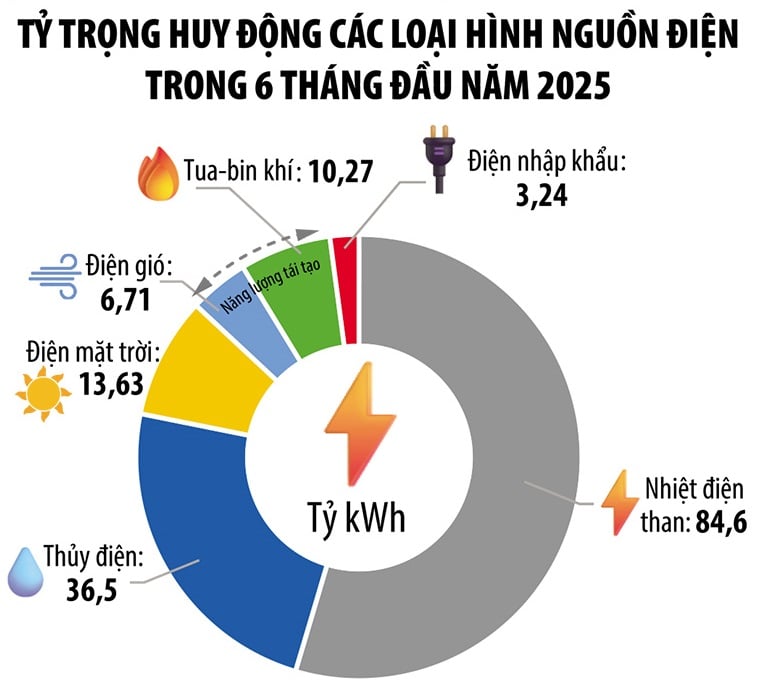 |
In addition, Quang Tri also proposed guidance on the preparation of detailed planning or zoning planning (as a basis for bidding and selecting investors using land as prescribed in Article 126 of the 2024 Land Law) for areas expected to implement power source projects located in rural areas, but not in rural residential areas, or expected to develop rural residential areas, and not in functional areas (areas expected to implement projects).
In response to the above proposal, the Ministry of Construction has requested that localities direct competent authorities to organize the preparation of detailed planning for the area where the project is expected to be implemented according to current regulations of the law on construction.
Also facing difficulties in the project preparation process, a consultant said that previously, Decision 262/QD-TTg or Decision 768/QD-TTg did not have a column on connection plans for each project, but Decision 1509/QD-BCT added a column on connection that not all projects have.
There is an investor who has chosen a project that is already in the Power Plan VIII and the Plan Implementation Plan, but there is no connection plan allocated by the Ministry of Industry and Trade, so they face difficulties in implementation. Specifically, Vietnam Electricity Group (EVN) and the regional power corporation require a connection plan in Decision 1509/QD-BCT and they do not dare to do anything different from the regulations on paperwork of the competent authority, for fear of being asked later where the basis is.
Meanwhile, the locality has sent two documents requesting the Ministry of Industry and Trade to supplement the 110 kV grid connection plan, but the reply is to wait until the administrative unit merger is completed before making overall adjustments. Up to now, it is not possible to complete the feasibility study report because it has to wait for the connection plan, which is not known when it will be supplemented.
Investors are stressed about efficiency.
Nghi Son LNG Power Project invited bids, but no investors submitted documents; Ca Na LNG Power Project also had only 1 investor participating when the bid was opened, while previously the shortlist for these projects had at least 5 names. This is something to think about regarding the attractiveness of large power projects.
Thanh Hoa province, when working with the Ministry of Industry and Trade, also said that the bidding process will take a long time and has not yet confirmed the results of selecting an investor with sufficient capacity and experience.
Notably, the Nghi Son and Ca Na LNG Power Projects are located in the localities of Thanh Hoa, Nghe An, Khanh Hoa, and Ca Mau, and SK Group (Korea) is proposing to be appointed as the investor.
Independent energy expert Phan Xuan Duong said that LNG power projects are all large-scale, so negotiations are more challenging, especially to qualify for foreign loans while ensuring electricity prices are within the prescribed framework.
Sharing the challenges of new LNG power projects, energy expert Dao Nhat Dinh analyzed the reality of electricity mobilization in the 6-month dry season of 2025 when there is a lot of rain and cooler temperatures, causing some coal-fired power plants to have low mobilization.
Due to the low quarterly contract output, even if the bid price is 0 VND, it is not issued, which reduces investment efficiency and causes financial imbalance. In addition, there are thermal power plants that still have exchange rate differences from 2019 to 2024, with an amount of over hundreds of billions of VND that have not been paid and interest paid.
It is worth mentioning that, while facing financial difficulties, the factory still had to borrow from banks to buy raw materials and fuel to produce electricity according to the requirements of the National Electricity System and Market Operator (NSMO).
“The cash flow situation of independent power generation companies can affect the decision to invest in new power projects, especially projects with large investment rates such as LNG and offshore wind power. This is also one of the main reasons why for nearly 3 years, the whole country has not had any major power source projects started, causing the risk of not being able to implement the adjusted Power Plan VIII,” said expert Dao Nhat Dinh.
Source: https://baodautu.vn/thach-thuc-trong-trien-khai-du-an-dien-trong-quy-hoach-dien-viii-dieu-chinh-d340196.html








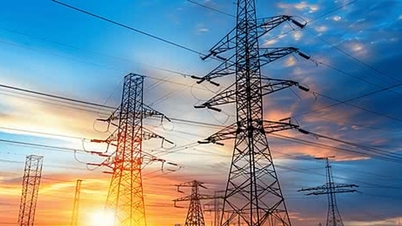

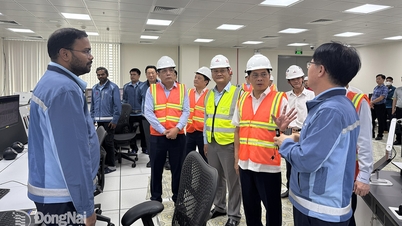

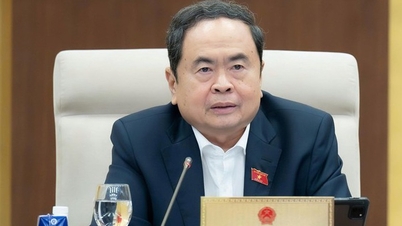



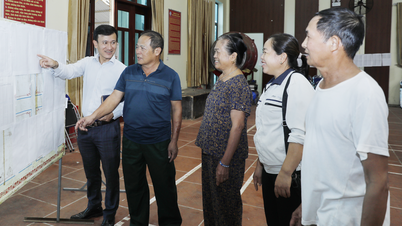










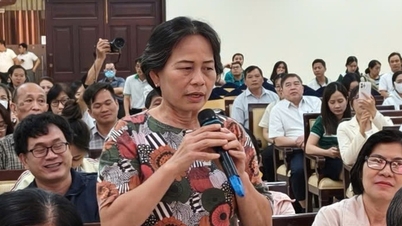










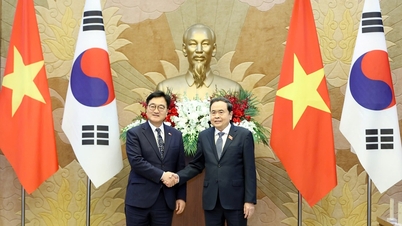







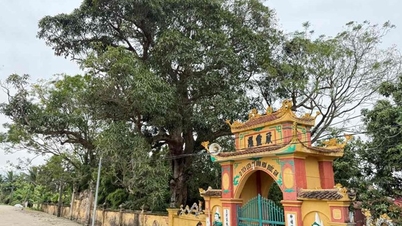




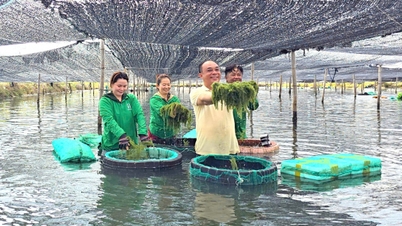


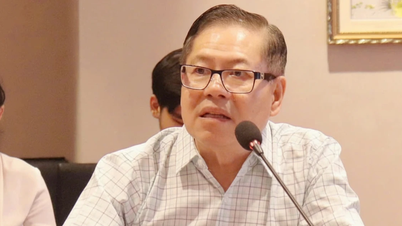

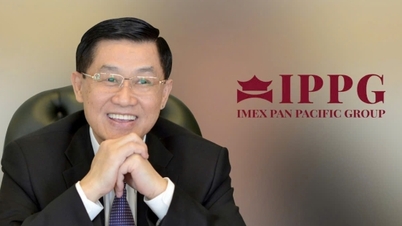









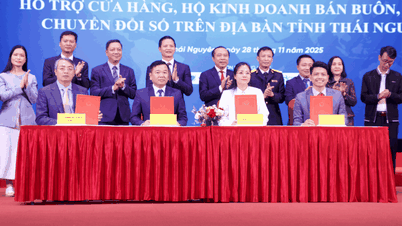





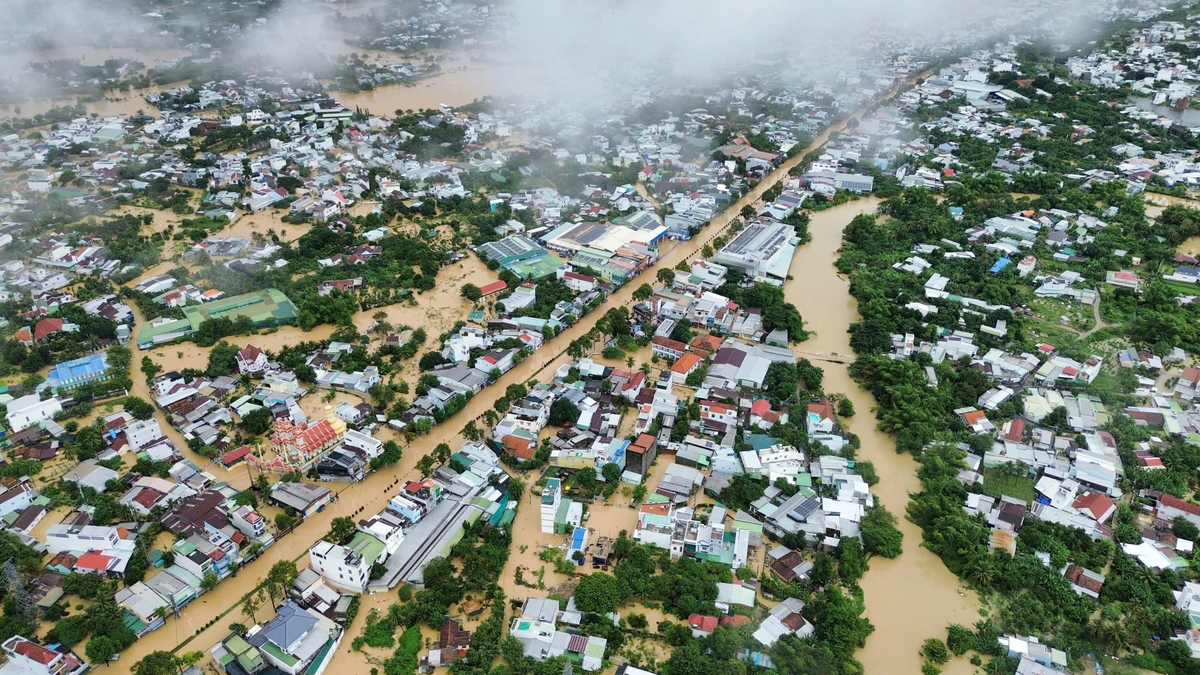


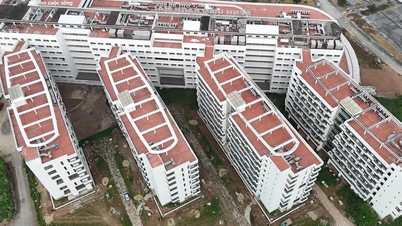


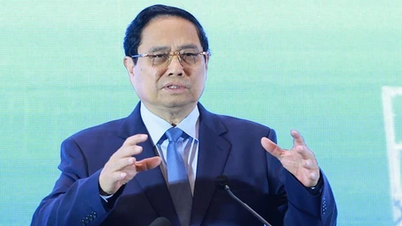

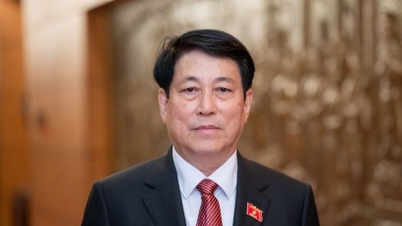




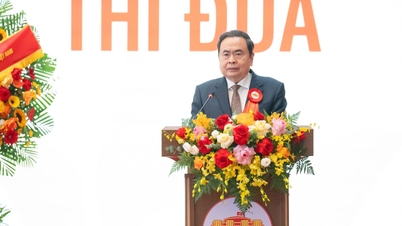


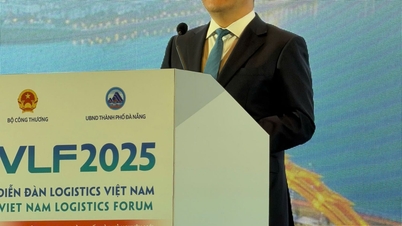
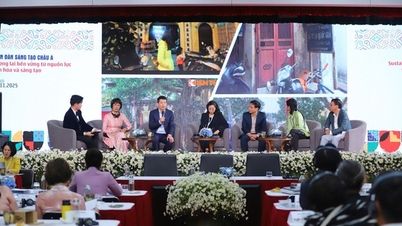




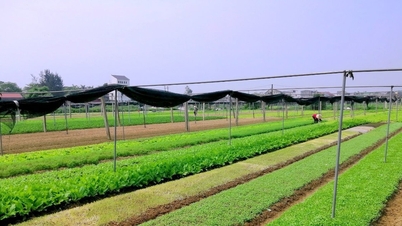











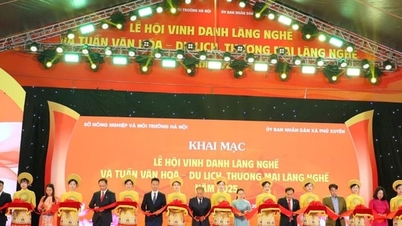



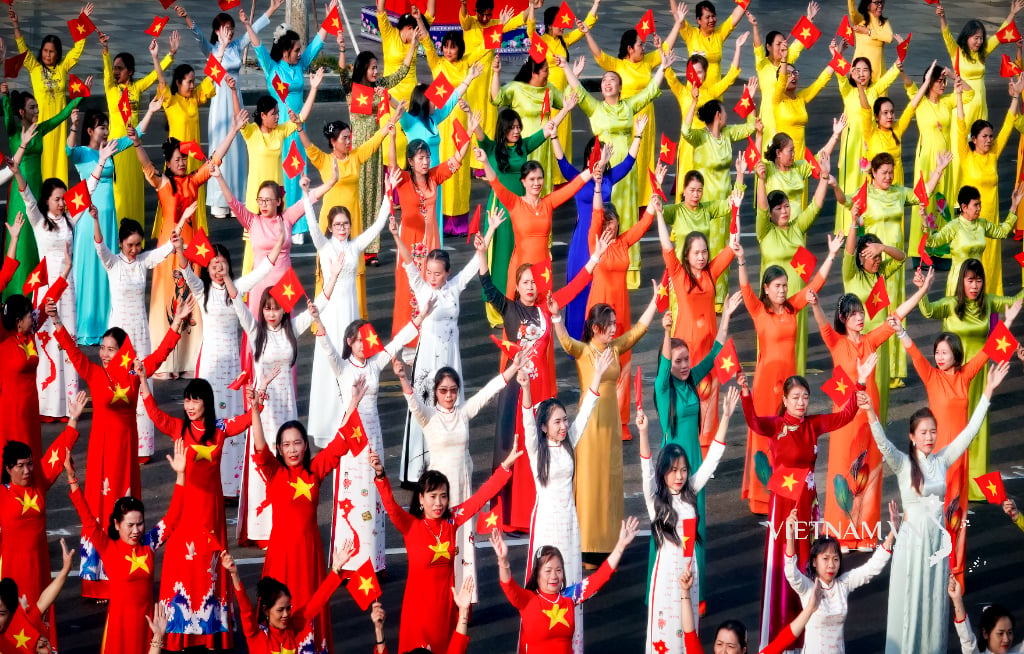

Comment (0)